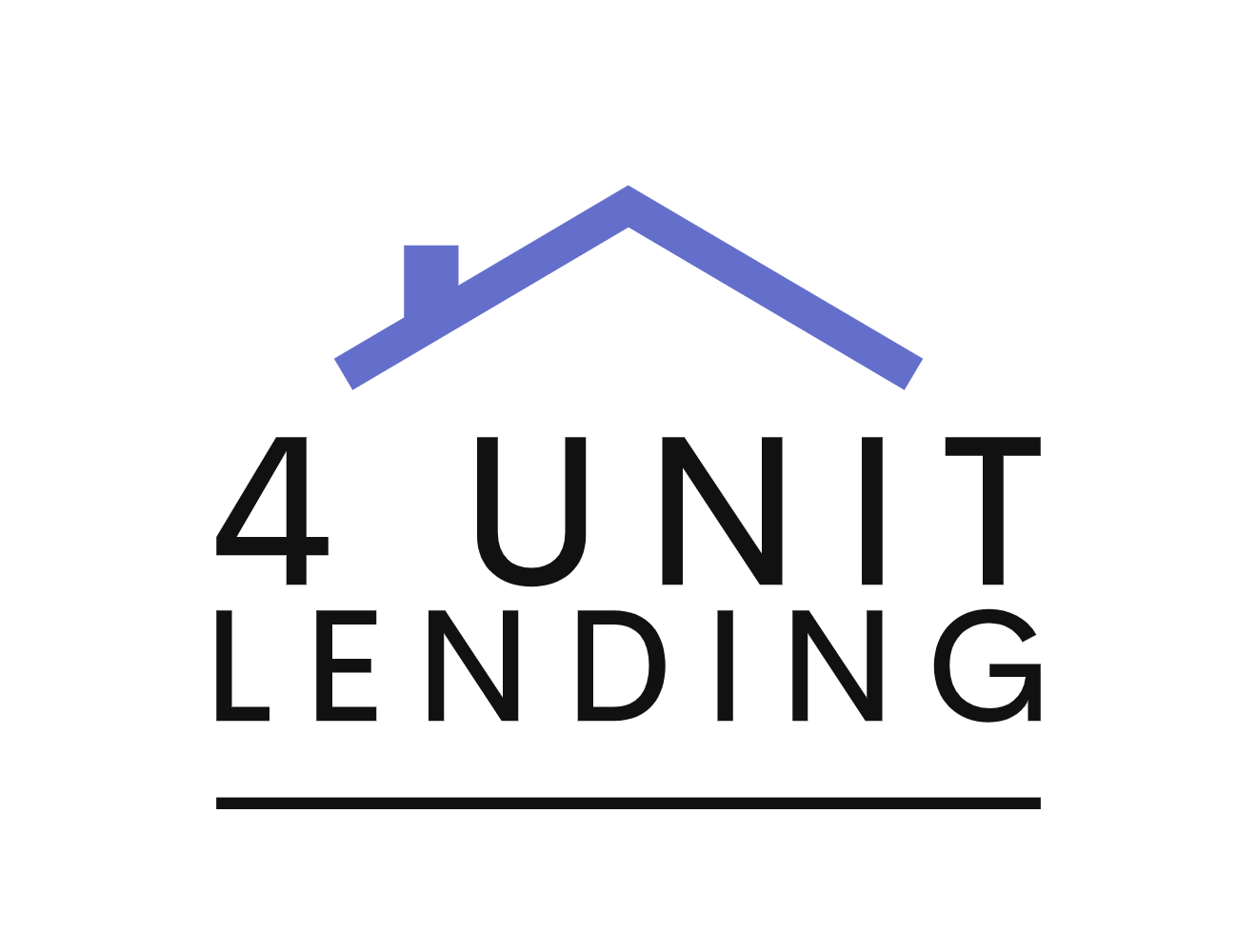By dividing the NOI by the cap rate, you can determine a reasonable estimate of the property’s value, helping investors make informed decisions about buying or selling.
What Does the Cap Rate Tell You?
The capitalization rate provides a quick way to assess the profitability of a property. A higher cap rate typically indicates a higher potential return, but it often comes with higher risk. Conversely, a lower cap rate suggests a lower return but possibly a safer investment.
Market Variability
Capitalization rates can vary significantly depending on the market and property type. In more stable, high-demand markets like major metropolitan areas, cap rates tend to be lower, often ranging between 3% to 5%. These markets offer lower returns but are generally considered safer investments. On the other hand, properties in less stable or emerging markets might offer cap rates of 8% or higher, reflecting the greater risk but also the potential for higher returns.
Risk Assessment
Capitalization rates are also a reflection of perceived risk. Investors tend to demand higher cap rates in markets or property types where they perceive greater risk. For instance, a cap rate of 10% might be common in a volatile market where property values fluctuate significantly, while a 4% cap rate might be typical in a more stable market.
Limitations
While capitalization rates are a useful tool, they are not without limitations. For one, they do not account for the financing structure of the investment, meaning they ignore the effects of leverage. Cap rates rely on current income and do not account for potential future income growth. This oversight could make a property more valuable over time.
Cap rates also overlook the potential for property appreciation. Depreciation can significantly impact the overall return on investment.
Conclusion
Capitalization rates are an essential metric for real estate investors, offering a quick and relatively easy way to evaluate potential returns. However, they should be used in conjunction with other analysis tools to make informed investment decisions. Understanding cap rates and their implications helps investors navigate the complexities of real estate investing. This knowledge allows them to make strategic decisions that align with their risk tolerance and investment goals. Visit Dominion Financial to learn more.

